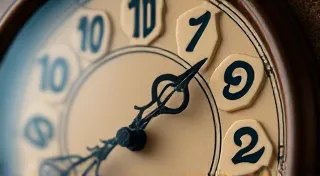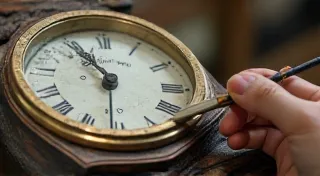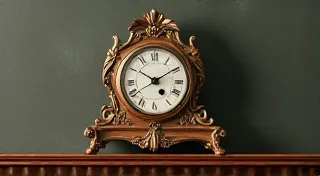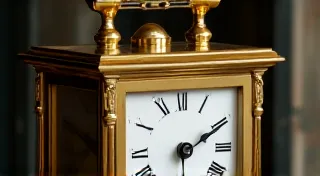Common Markings on Antique Clocks: What They Mean
Identifying antique clocks can be a fascinating journey into history and craftsmanship. Beyond the beautiful design and intricate mechanisms, many antique clocks bear markings that provide crucial clues to their origin, age, and value. These markings, often small and subtle, are like secret codes waiting to be deciphered. This guide will explore some of the most common types of markings found on antique clocks and what they can tell you.
Maker’s Marks: The Signature of the Clockmaker
The most important marking on any antique clock is the maker’s mark. This identifies the clockmaker or company that produced it. These marks can take many forms: a name, initials, a logo, or a combination of these. They are typically found on the movement (the clock’s mechanical heart), the dial (the clock face), or the case.
Where to Find Them: Look on the back of the movement, around the winding holes, or on the inside of the case. Sometimes they are stamped, embossed, or engraved.
Research is Key: Once you've identified a maker’s mark, research is essential. Resources like clockmaker’s directories, online forums, and antique clock identification websites can help you determine the manufacturer’s history, production periods, and typical styles.
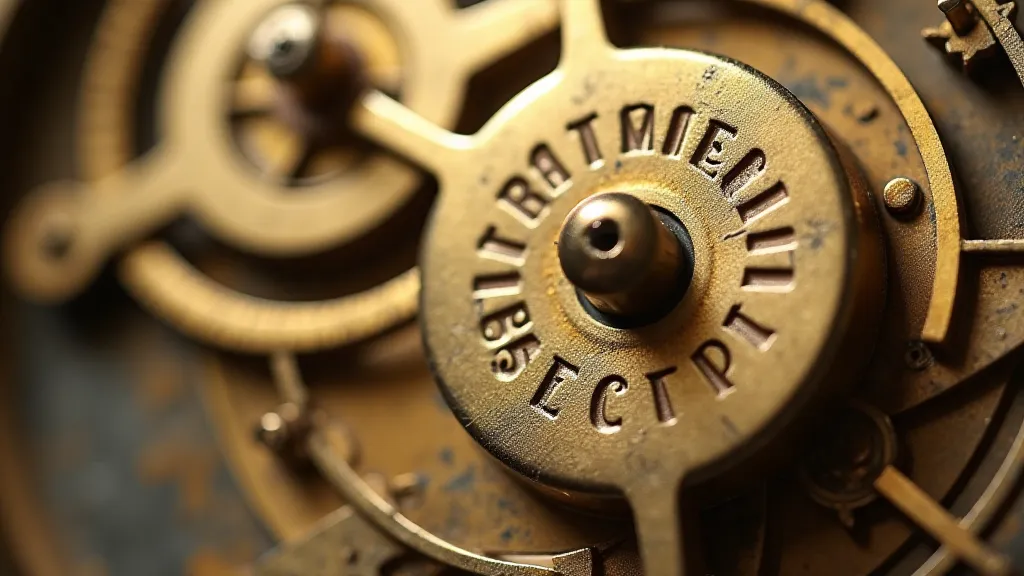
Patent Dates: A Timeline of Innovation
Many antique clocks, particularly those from the late 19th and early 20th centuries, bear patent dates. These dates indicate the year a specific design or mechanism was patented. While not always a direct indicator of the clock's production date, patent dates offer a window into the clock’s technological evolution.
Understanding the Dates: Patent dates are often stamped or embossed on the case, dial, or movement. Knowing the patent date can help narrow down the clock's production timeframe. However, remember that a clock might be produced *after* the patent date, as companies often have a lag time between patenting a design and implementing it in production.
Serial Numbers: Tracking Production Runs
Serial numbers are sequential numbers assigned to individual clocks during production. They provide insight into the clock’s place within a production run and can often be used to pinpoint the year of manufacture.
Location, Location, Location: Serial numbers are typically found stamped on the movement, case back, or sometimes even on the pendulum.
Serial Number Registers: Some clock manufacturers kept detailed records of their production runs, known as serial number registers. These registers, if available, provide accurate dates for specific serial numbers. However, finding these records can be challenging.
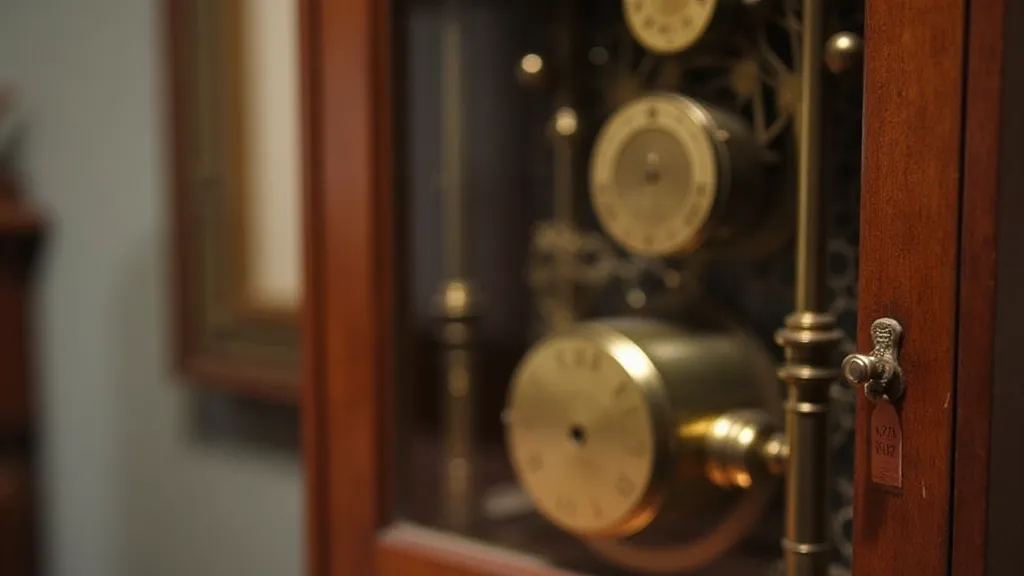
Other Markings: Less Common but Still Informative
Beyond maker's marks, patent dates, and serial numbers, other markings can offer clues. These might include:
- Model Numbers: Some clocks have model numbers that identify a specific design.
- Retailer Marks: Sometimes, a retailer (like a department store) will mark a clock they sold.
- Import Marks: Clocks imported from other countries might bear import marks indicating the country of origin.
Putting It All Together: A Holistic Approach
Decoding the markings on antique clocks requires a holistic approach. Don’t rely on just one marking; consider the combination of all the available clues. Research, patience, and a keen eye for detail are essential for unraveling the history of these fascinating timekeeping devices.
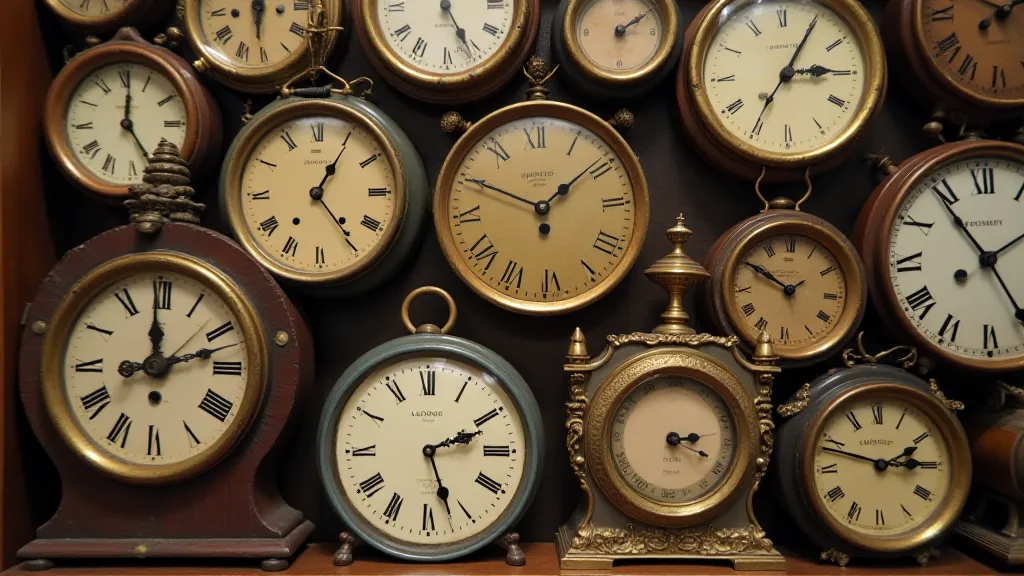
Ultimately, understanding these markings not only helps identify the clock's origins but also deepens your appreciation for the craftsmanship and history behind these treasured collectibles.
